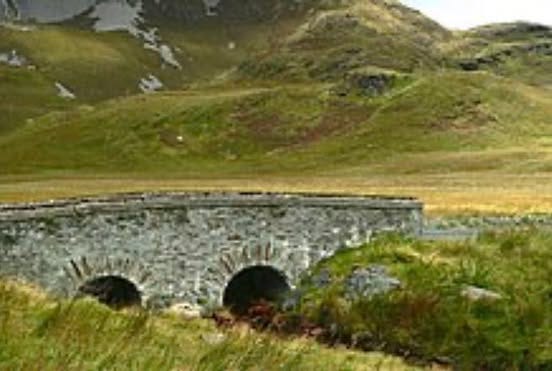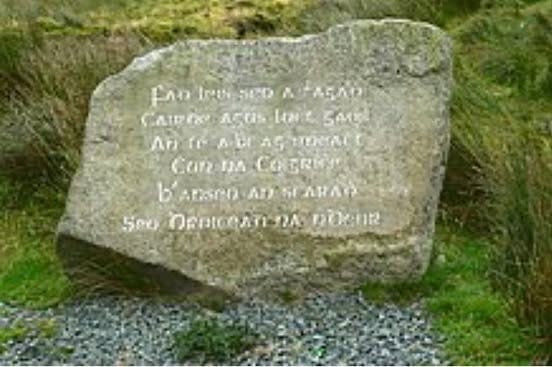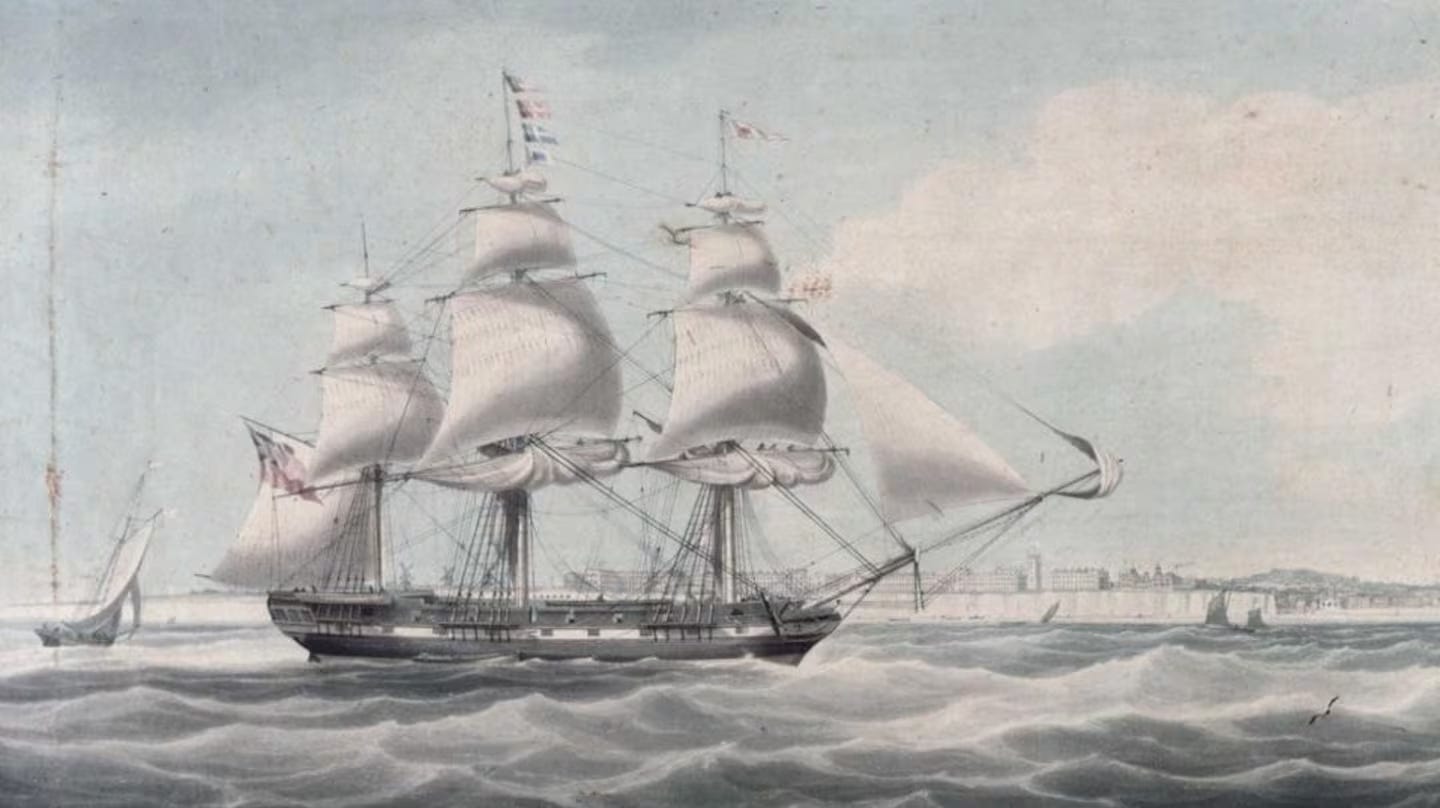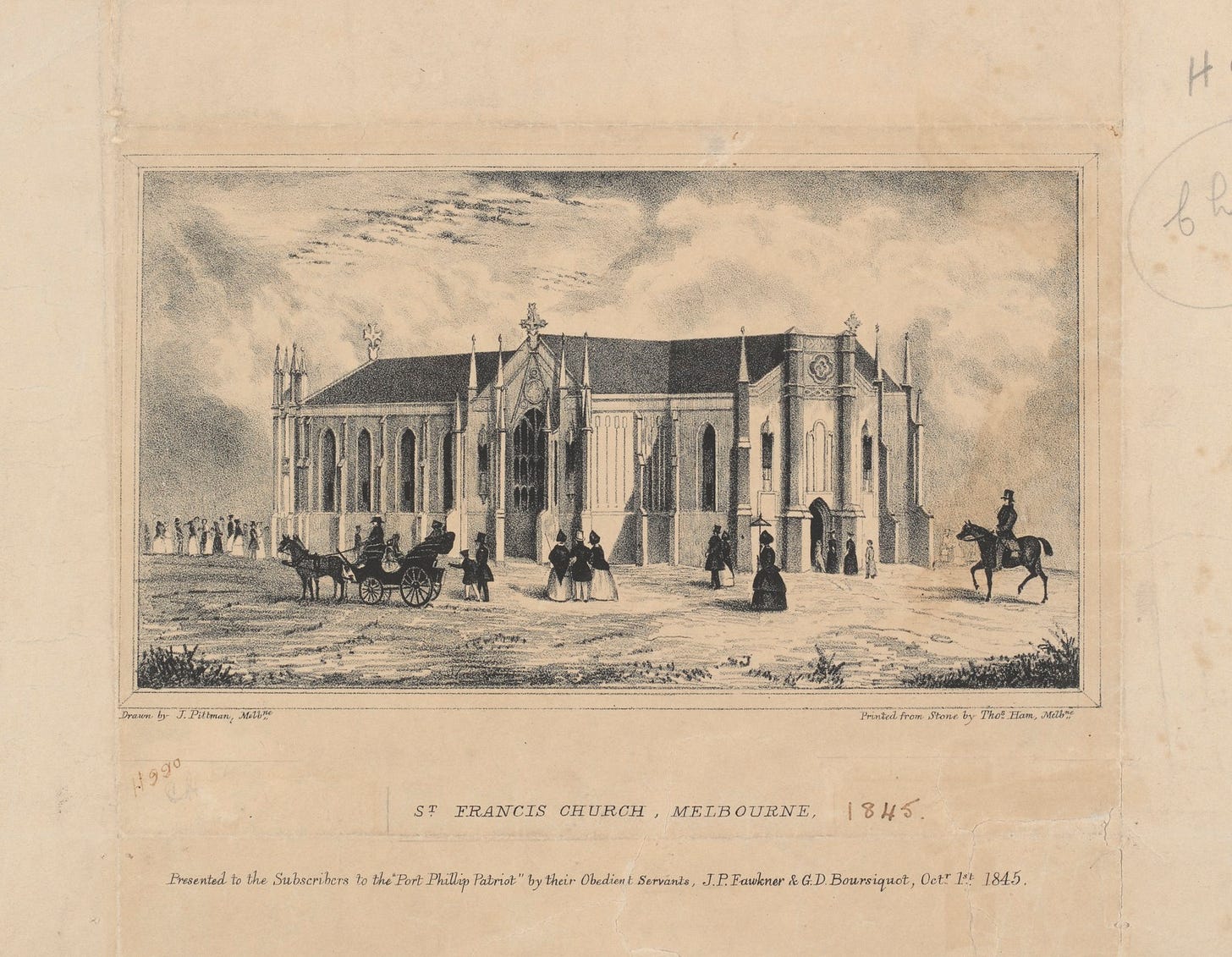The Blogging from A to Z April Challenge is an annual challenge put out to bloggers, to publish a post from A-Z, every day in April, except for Sundays. April 1 is A, April 2 is B……….and so on throughout the month. Participants can post on a chosen theme or publish random posts with no theme at all.
My theme for 2025 is The Earl Grey Orphan Scheme. I became interested in the scheme when I realised that my great great grandmother was an Earl Grey Girl, coming to Australia as part of the scheme. This scheme was a government sponsored program designed to give young, impoverished Irish girls a chance at a better life in Australia.
Ellen Boyle - My 2x great grandmother
My 2x grandmother, Ellen Boyle’s story begins in the coastal village of Inver, Donegal, Ireland, where she was born in about 1833, to parents, Daniel Boyle and Ann Gallagher. Life in 19th-century rural Ireland was challenging, and after the death of her father, and with the arrival of the potato famine in Ireland, Ellen’s future took an uncertain turn. Her mother, struggling to provide for her family, may have had no choice, but to send Ellen to one of the local workhouses, a grim reality for many during these hard times. While no records of her father's death have been found, this possibility is part of Ellen's untold story.
AI Generated Image: Visual representation of a village in Ireland in1848, featuring the rustic charm of stone cottages, rolling green hills, and a coastal atmosphere.
Bound For Australia
At just 15 years old, Ellen was chosen by the workhouse to join the Earl Grey Orphan Emigration Scheme . Many of the girls chosen, like Ellen, were not true orphans in the modern sense, but they had found themselves without support after the loss of a parent or due to the crushing weight of poverty. In the 19th century, the term “orphan” referred to a child who had lost one parent, not necessarily both.
Before she left Donegal, Ellen had worked as a housemaid, doing her best to support herself.
In September 1848, Ellen boarded the Lady Kennaway at Plymouth, alongside 190 other young girls. The three month voyage that lay ahead would forever alter the course of her life, leading her far from home to a new and uncertain future in Australia.
Image: Lady Kennaway, slv.vic.gov.au
Marriage1
Almost one year after arriving in Australia, Ellen married William CALNAN, originally from Kilkenny, Ireland, at St. Francis Church, Melbourne on November 12, 1849. Ellen was aged 16 years. They went on to have a long marriage and 12 children – 6 boys and 6 girls. Their daughter, Mary, was my great grandmother. Only two of their children died as infants. I know nothing of the early life of William CALNAN, before the marriage, but I do wonder if he was also employed by Charles Ryan, and met Ellen there. As the marriage was so soon after Ellen’s arrival in Australia, I feel that it is entirely possible. I need to do further research on the early years of William.
Marriage certificate of Ellen Boyle and William Calnan
Image: St. Francis Church in 1845. This is where Ellen and William married. Printed by Thomas Ham File October 1845 No: wp003403 http://handle.slv.vic.gov.au/10381/108235
Bridge of Tears
The Bridge of Tears is a roadside stone Gaelic monument in County Donegal, that marks the place where emigrants parted with their family members.
In the nineteenth century, before the railway was built, local people emigrating to America, Britain and Australia crossed this bridge on their way to the port of Derry, the main departure point for Donegal emigrants. The emigrant was accompanied by family and friends as far as this point, but crossed to the opposite side alone. This walk had all the finality of a funeral, as most of the emigrants never returned.
I do wonder if Ellen Boyle crossed this bridge to begin her journey to Australia.


Image: wikipedia
This stone stands close to the bridge. The inscription reads:
"Friends and relatives of the person emigratiing would come this far.
Here they parted.
This is the Bridge of Tears".
Children of Ellen Boyle and William Calnan
John Calnan b 1850
Thomas Calnan b 1852
Ann Calnan b 1854
Catherine Calnan b 1856-1856
Catherine Calnan b 1856
William Calnan b 1859
James Calnan b 1860
Mary Calnan b 1863
Henry Calnan b 1864
Lorenzoe Calnan b 1865
Edward Calnan b 1867
Phoebe Sophia b 1871
Reunion
In 1857, Ellen was reunited with her mother, her brother Patrick, and his daughters, when they arrived in Melbourne on the ship ‘Pomona’. This is quite unusal, as most orphans didn’t see their families again, after their arrival in Australia. The Boyle family settled at Violet Town where they lived close to Ellen. Patrick became a prosperous farmer on his property alongside Honeysuckle Creek, just outside Violet Town.
Married Life
Ellen and William were pioneer farmers at Violet Town. It seems that they lived a quiet life, as there is very little information to be found about them on the public record, other than the buying and selling of cattle and sheep.
William Calnan died on 26 May 1883, aged 55 years. In 1888, five years after her husband’s death, the farm was sold and Ellen moved into the township of Violet Town, settling at Catherine Street, where she lived until her death on 14 November 1896. Ellen died at home and was buried at the Violet Town Cemetery. There is no headstone to Ellen’s grave.
Obituary
From The Violet Town Sentinel, 20 November 1896
Mrs. Calnan, a resident of the district, for about 40 years, passed away on Friday last, death resulting from influenza and pneumonia. Deceased, who was 63 years of age, and a native of Donegal, Ireland, arrived in the colony early in the ? and soon afterwards settled in the district, where she resided up to the tome of her death. During her residence here she made a large circle of friends by her kind and sympathetic disposition, being always ready to help the needy. She was a strict adherent of the Roman Catholic Church and her life was an example worthy of copying by those with whom she came in contact. Durin the last few months, she had been ailing slightly, but not to such an extent as would lead anyone to believe that death was so near. Therefore, her demise was unexpected, and came as a shock to her many friends. Deceased was a sister of Mrs. Boyle, and leaves a large family - all of whom are grown up - to mourn her loss. Deep sympathy is expressed for the breraved ones. Her remains were interred in the local cemetary on Sunday afternoon. The funeral cortege being one of the largest ever seen in Violet Town. The mourners at the grave were led by the very Rev. Dean Davy of Benalla, and the morturary arrangements were satisfactorily carried out be Riddell Bros.
A Life Well Lived
Many of the orphan girls lived long happy lives in Australia, but there were many others who did fall on hard times and struggled. The question to be asked is ‘was the Earl Grey Orphan Emigration Scheme a success for Ellen Boyle? I would say a definite ‘yes’ to that.
When Ellen Boyle boarded The Lady Kennaway in 1848, as a destitute young girl from Donegal, with very little in the way of future prospects, she could not possibly have foreseen the life that lay ahead of her in the new land. A future that included a long marriage, the birth of many children, and a lonmournere life, surrounded by family and friends. Hers was a life well lived, after a rocky beginning.
General Reading
Marriage (CR) Australia,1849. Boyle, Ellen BOYLE and William CALNAN. Reg No: 145-1849 certificate from Births Deaths and marriages. Accessed 05 October 2005. Certificate held in Jones fa1896
Obituary Ellen Boyle, The Violet Town Sentinel (Vic. : 1894 - 1904; 1914 - 1920; 1939 - 1946), 20 November, p. 2. , viewed 04 Oct 2016, http://nla.gov.au/nla.news-article264542567mily records held by Jennifer Jones.
Various birth certificates held by Jennifer Jones in family records











To have so many children and almost all grew up, was wonderful and to have her family join her. Yes I agree her life went well
I agree that for Ellen the scheme was a success. Terrific that she was reunited with family though.